BRUNSWICK — World-class kayaker Oscar Chalupsky says a good kayak instructor is no different from Tiger Woods’ golf coach or any other professional athletes’ coach because they all work on technique. Except Chalupsky has his own style.
“If your paddle is out of the water you owe me a beer. And remember I only take cold ones,” the 12-time ocean-racing world champion told his class of paddlers at Thomas Point Beach last week.
And with that a dozen surf ski enthusiasts dropped their paddles in the water and assumed the “brace” stroke position from various sized surf skis, the long, narrow kayaks that are growing in popularity around the world.
Chalupsky, a South African, was in Maine teaching how to paddle surf skis last week to help more paddlers master these skinny ocean crafts.
“He’s larger than life,” said Robyn Holman of Jefferson. “He’s an amazing person and in this clinic, he makes you work. He tells you, then shows you, then makes you do it.”
At 6-foot-4, 240-pounds, Chalupsky is not only a dominating presence, he is one paddler with giant enthusiasm for the surf ski movement.
Surf ski kayaks are most commonly seen in Maine at canoe and kayak races, said Scott Shea, owner of Sea Spray Kayak in Brunswick, which has hosted the Sheepscot River race for 21 years.
Surf skis can be 6 to 14 feet long and as narrow as 17 inches. By comparison, the typical sea kayak can be twice as wide. The cockpit alone in a plastic kayak is often wider than then entire surf ski hull. It’s the ultra-thin design of the surf ski that allows it to cut through waves at significant speed.
Given the narrow design, balance can be tricky for the first-time surf ski paddler. This merely makes the water craft a worthy challenge for the adrenaline addict who loves competing against the ocean.
Chalupsky says their popularity is growing worldwide – and he’s doing all he can to encourage that.
Sponsored by Epic kayaks, he is in the middle of a two-month tour across the United States, teaching surf ski skills.
“Basically what I do, I like teaching and helping people understand, to see the sport grow. Surf ski has grown 30 to 40 percent worldwide. The biggest explosion is in Sweden,” Chalupsky said. “They only have summer there four months of the year. But with a surf ski you can jump back into it.
“Kayaks tip and roll. But a surf ski is very stable. It’s very safe. You can do it anywhere. You just add water.”
Their roots go back to the 1920s when ocean enthusiast Fred Crocker, also of South Africa, designed the Crocker Ski rescue board, a thin wooden plank similar to Australian rescue boats used at that time. Looking more like a surf board, the first Crocker Ski was 9 feet long and 30 inches wide. It was considered a fast, effective wave-riding craft.
Today’s carbon fiber and Kevlar surf skis – priced at between $2,000 and $5,000 – also can, as the name implies, surf. They just come with a steep learning curve.
“No matter what your kayaking experience level, when you jump from a kayak into a surf ski, you feel like you’re starting all over again,” Shea said. “It’s challenging to balance it.”
Shea said surf skis didn’t start showing up off the coast of Maine until a few years ago. And when he guides kayakers in the midcoast between May through October, he rarely sees them.
Chalupsky still wanted to come here to teach the sport.
During his session last week, he taught, demonstrated and grilled his group of Maine paddlers, again and again. Chalupsky taught proper technique standing on the ground, then in a surf ski on land, then standing in the water, and finally paddling a surf ski.
He made his students repeat his set of drills many times.
He contends that good technique comes through repetition; and good balance gained from good technique then becomes second nature.
“At 51, I’m still winning around the world against youngsters and I don’t train very much. I rely on technique,” said Chalupsky, a paddler of 43 years. “Youngsters are all about getting fitter, fitter, fitter. What they don’t do is improve their technique. Technique is what makes you faster.”
He repeatedly utilized the brace stroke specifically because it helps with balance.
And he barked to his students at each turn to use it, telling some to lean into it toward the water.
“It’s counterintuitive, isn’t it?” Holman said after paddling with Chalupsky in a double. “But it works.”
If they improve their technique, Chalupsky said, they’ll not only develop an innate balance, they will move the boat easily, and very fast.
That was all some paddlers needed to hear.
“I just like to go fast,” said Michael Moore, 46, of Durham.
“I had the classic kayak. It’s not so fast. And I had a rowing shell. But in that you go backward. Surf skis are great because if they fill with water, they self drain. You can go faster easier.”
By the end of the day a dozen satisfied surf ski owners left the Brunswick coast determined to surf ski smarter, not harder, and spread the word about the sport.
A paddler of 35 years, Barry Fifield of Brunswick said he’d be practicing Chalupsky’s techniques … in one of his four surf skis.
“He’s just extremely powerful,” said Fifield, 57, after paddling a double with Chalupsky. “He’s like a horse. He’s like a draft horse. He’s just powerful. We were flying.”
Send questions/comments to the editors.


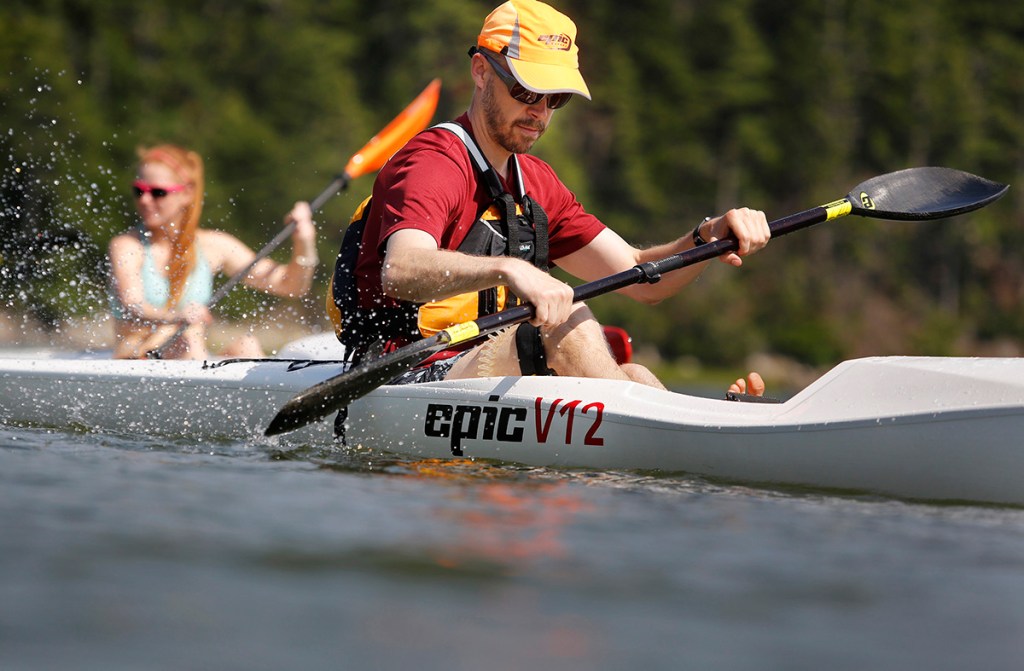
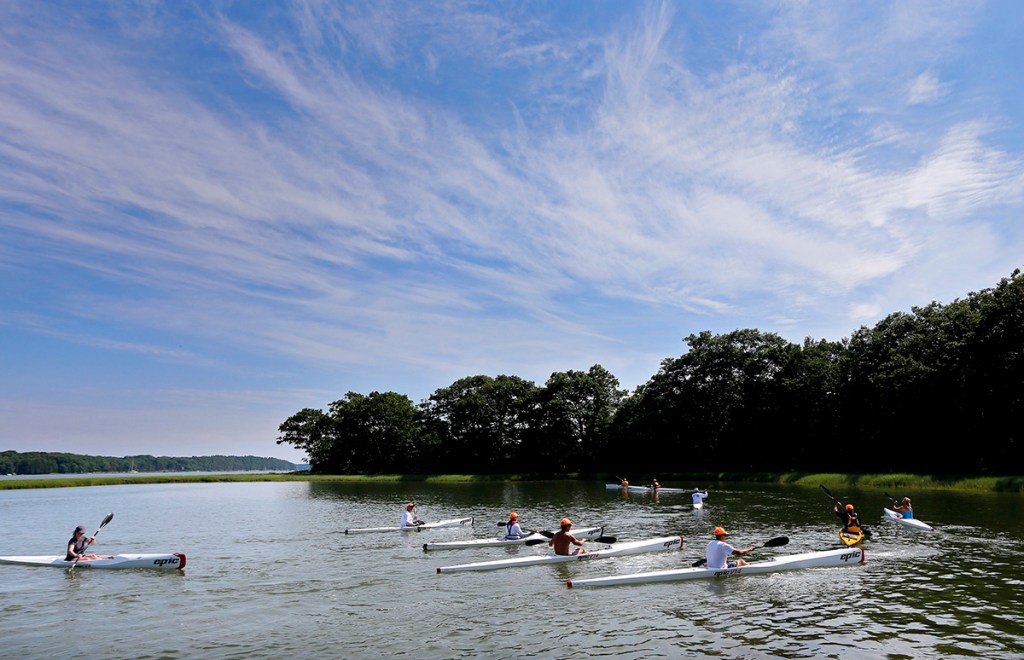
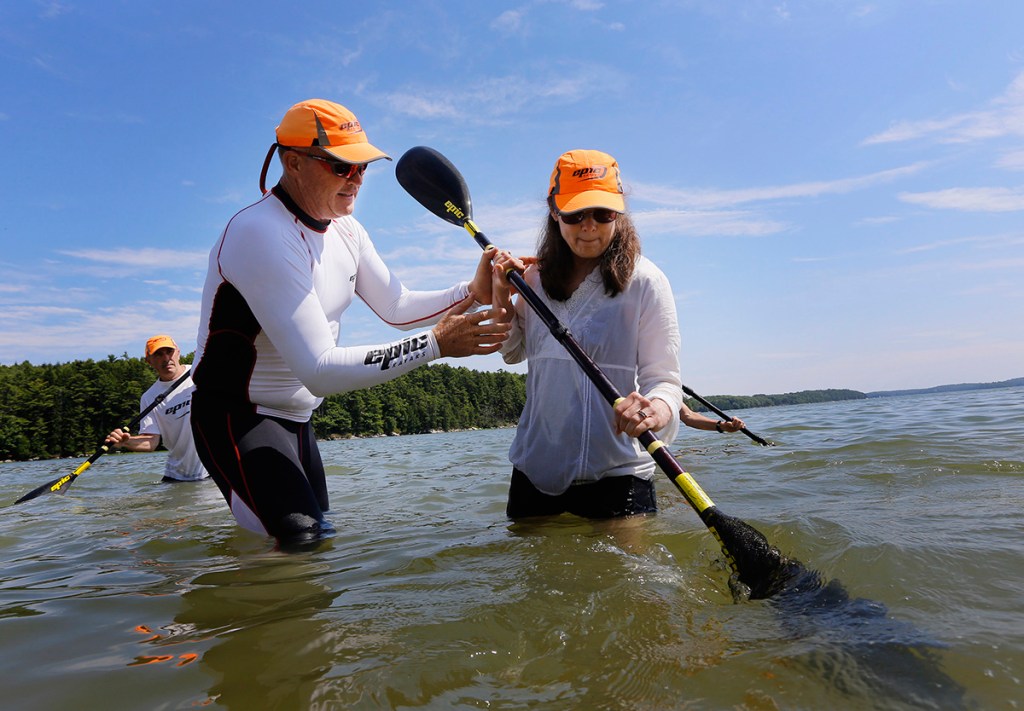
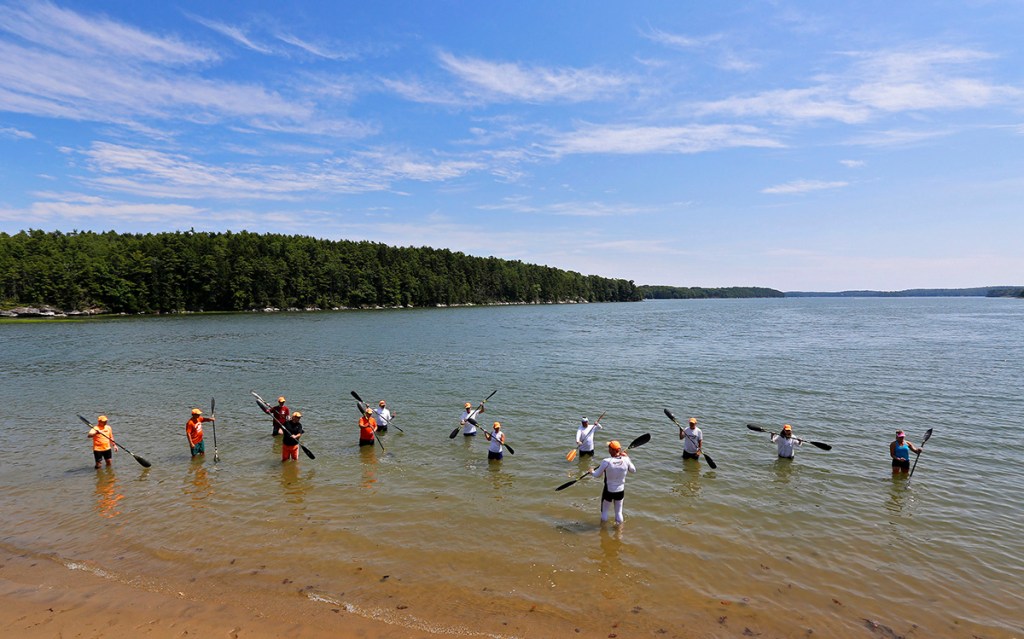
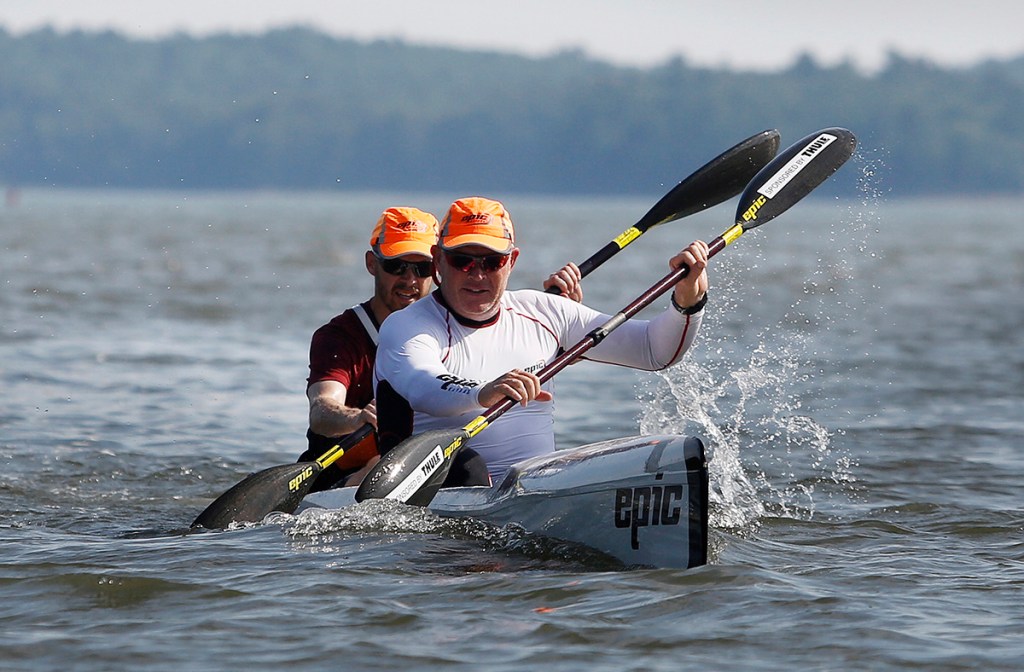
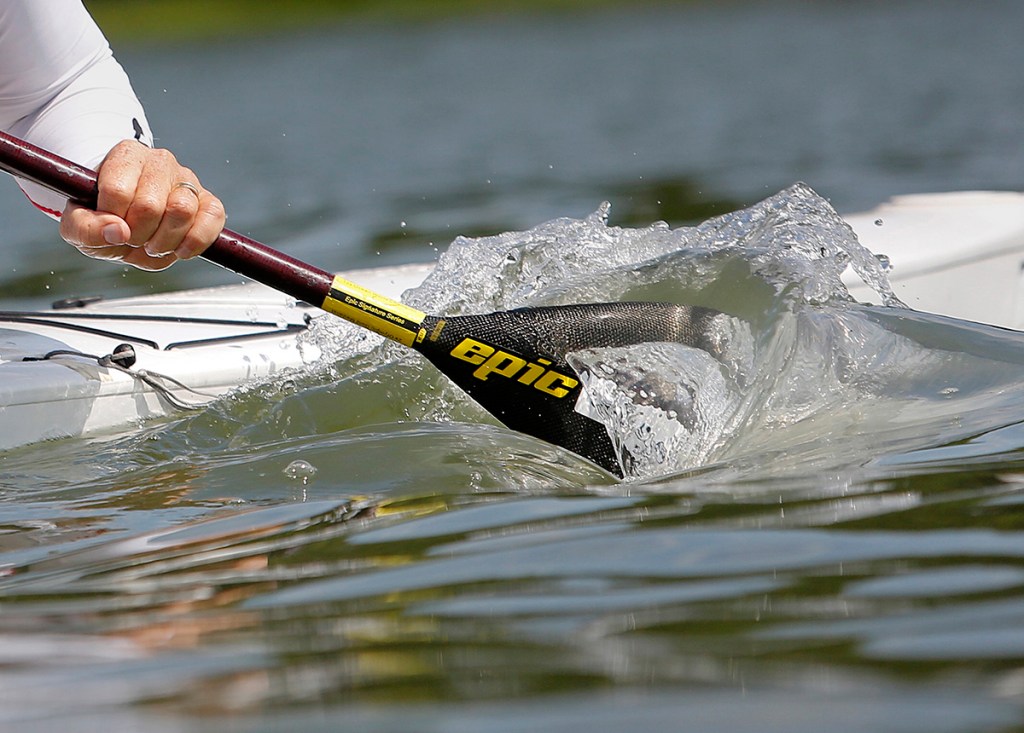
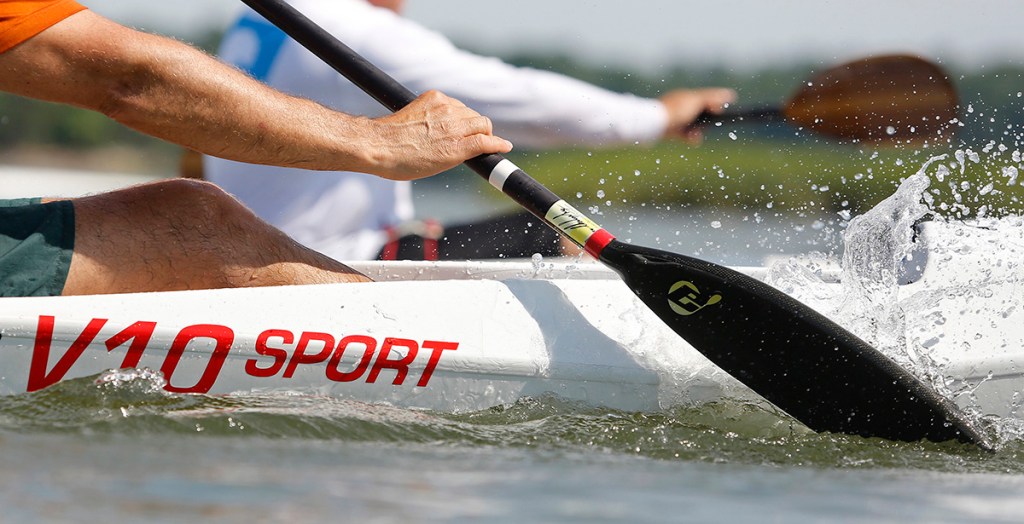
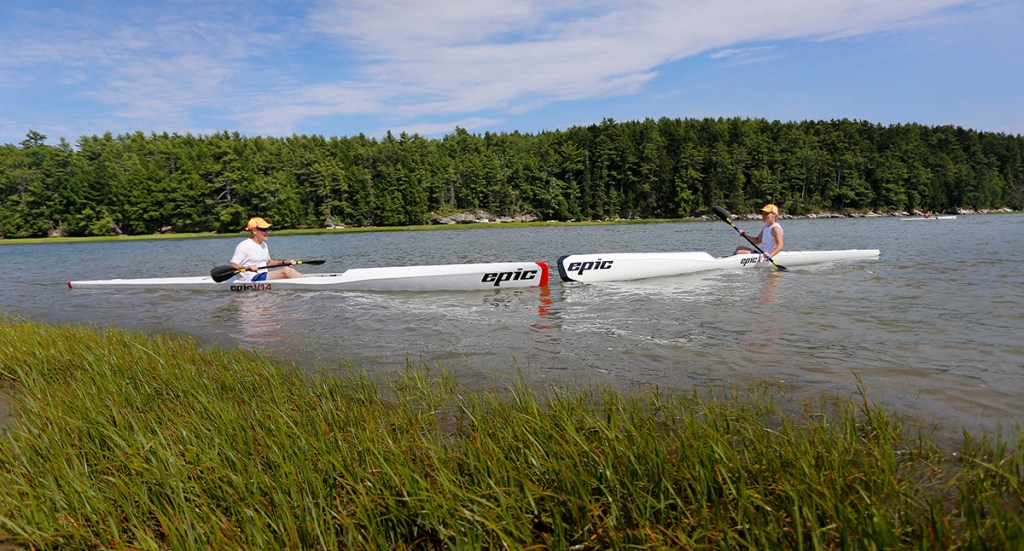
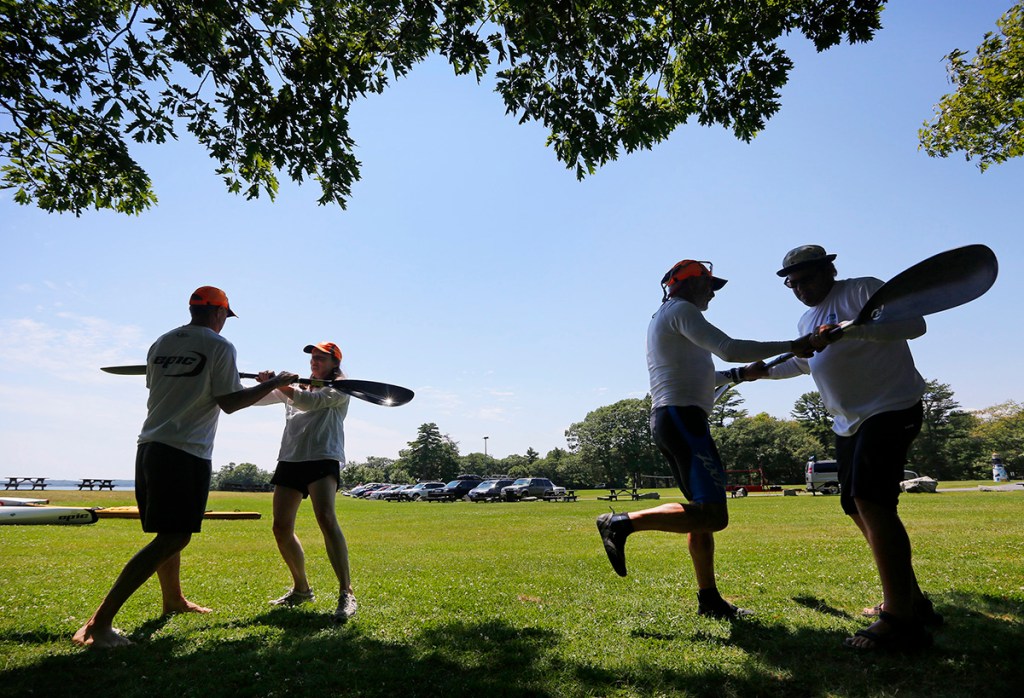
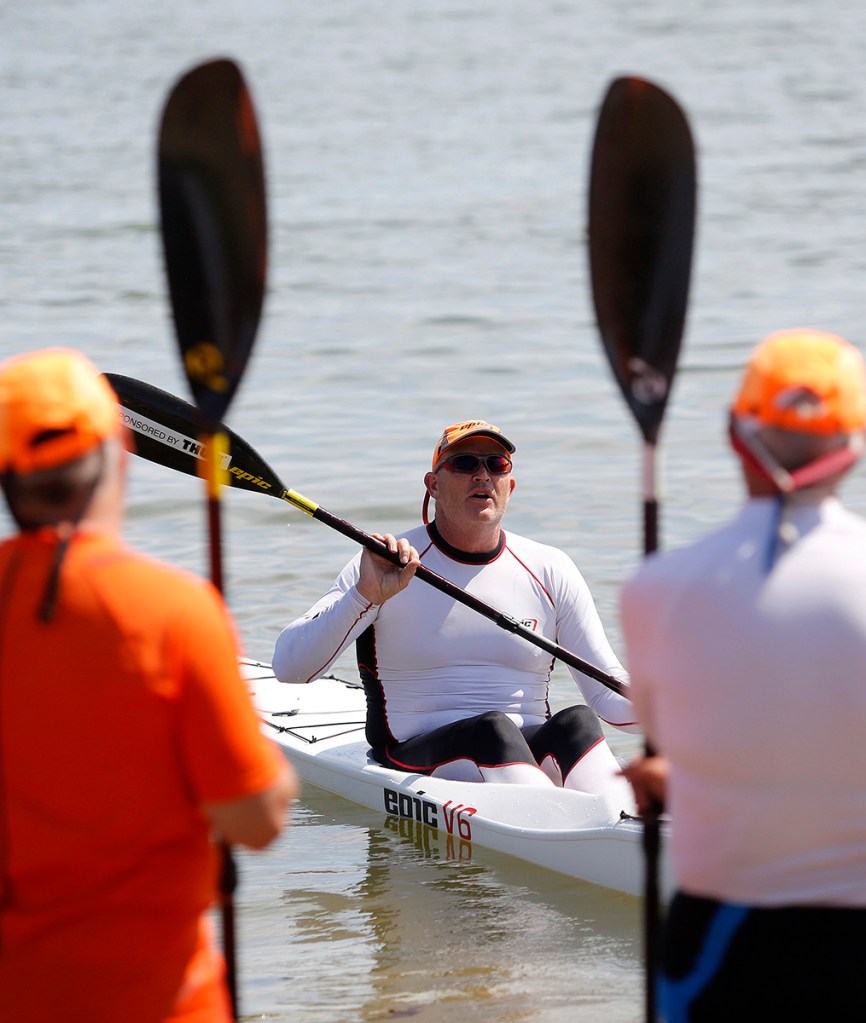
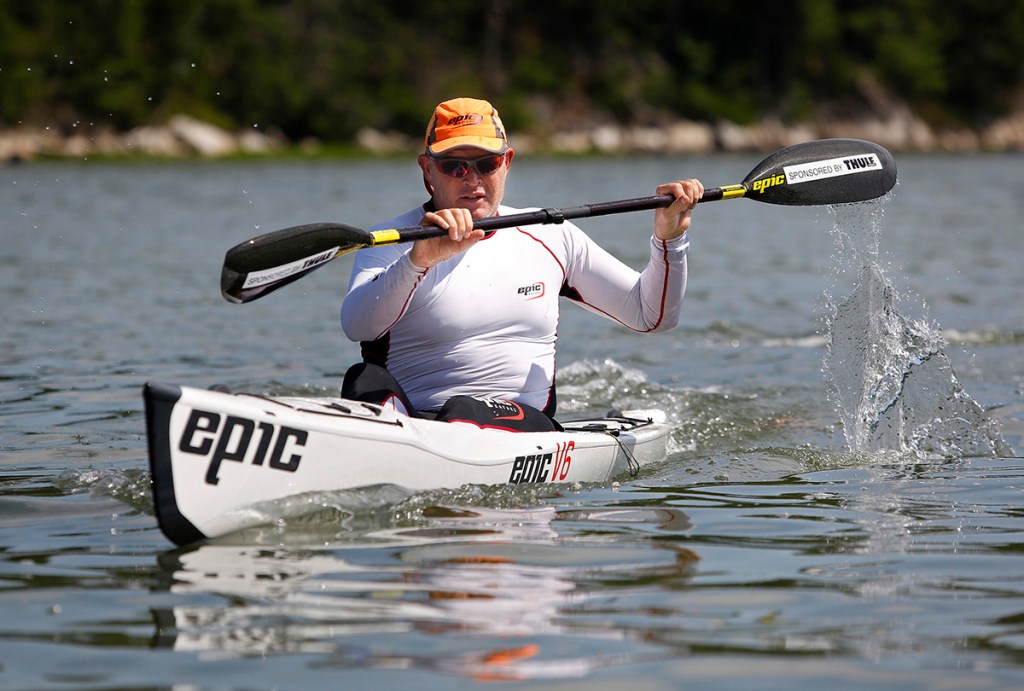

Success. Please wait for the page to reload. If the page does not reload within 5 seconds, please refresh the page.
Enter your email and password to access comments.
Hi, to comment on stories you must . This profile is in addition to your subscription and website login.
Already have a commenting profile? .
Invalid username/password.
Please check your email to confirm and complete your registration.
Only subscribers are eligible to post comments. Please subscribe or login first for digital access. Here’s why.
Use the form below to reset your password. When you've submitted your account email, we will send an email with a reset code.